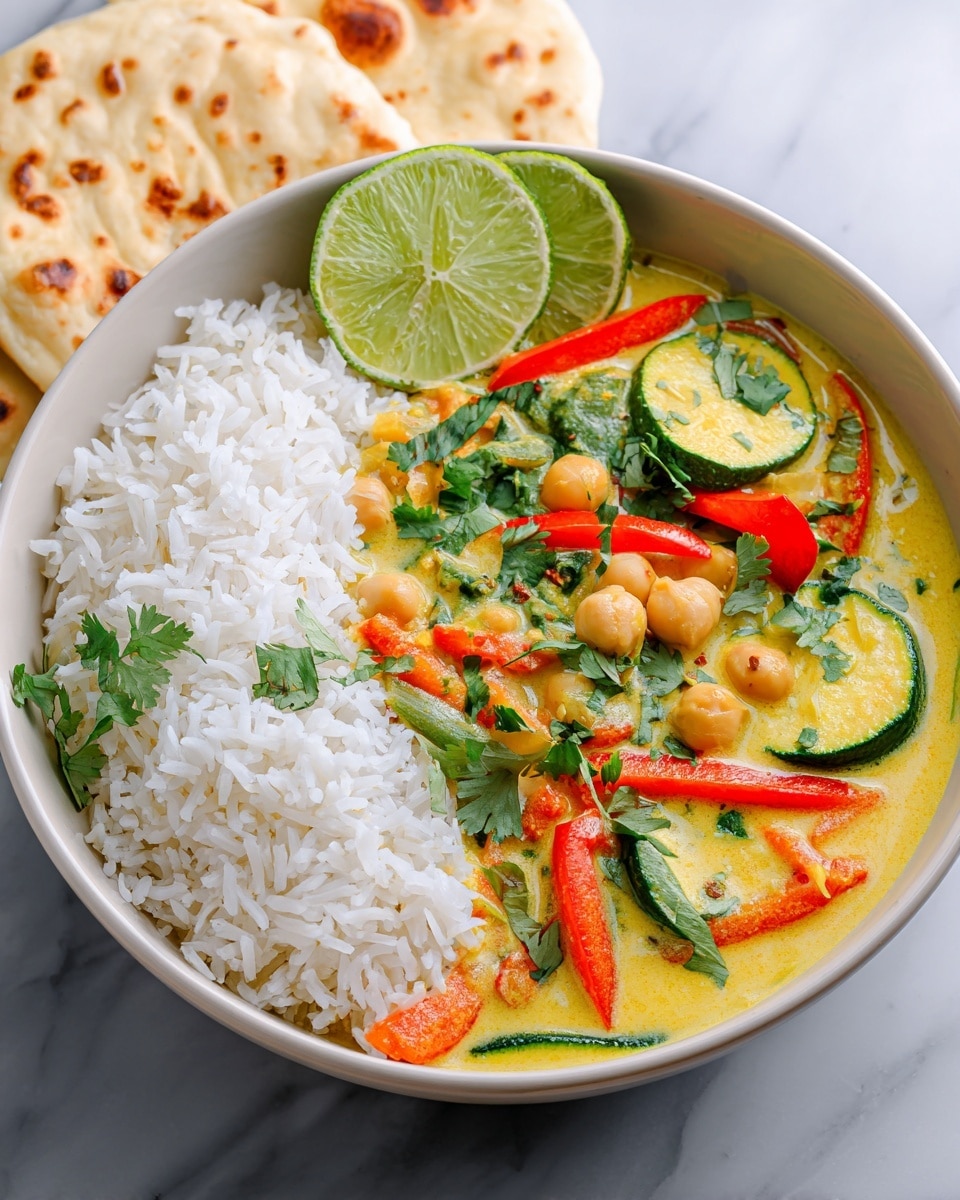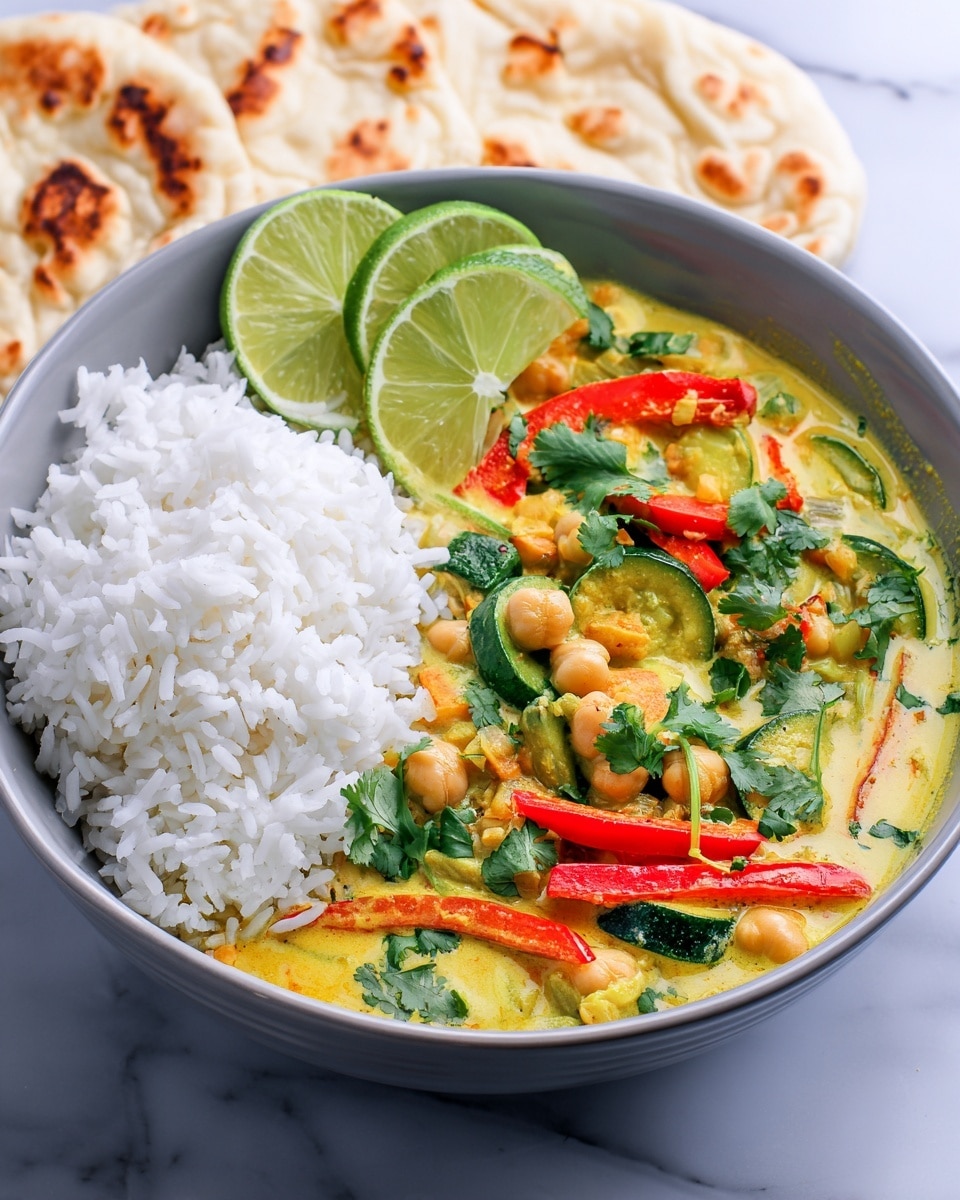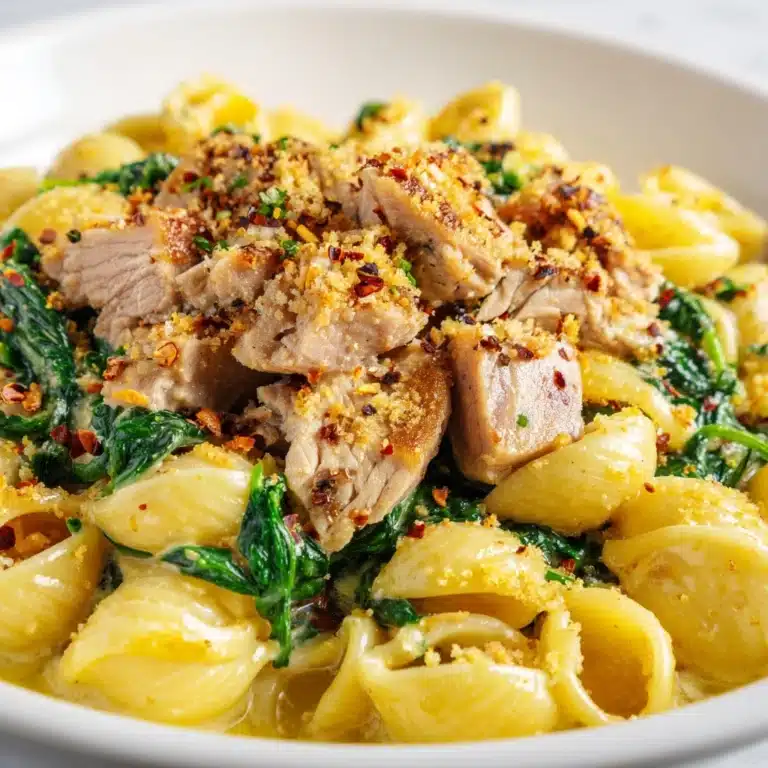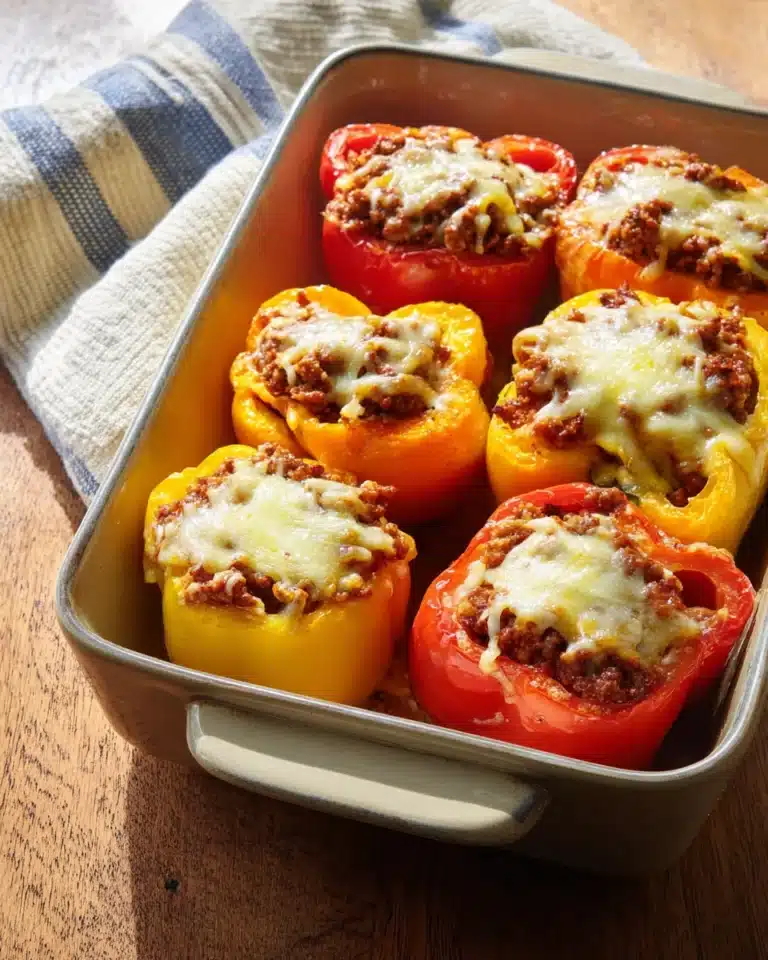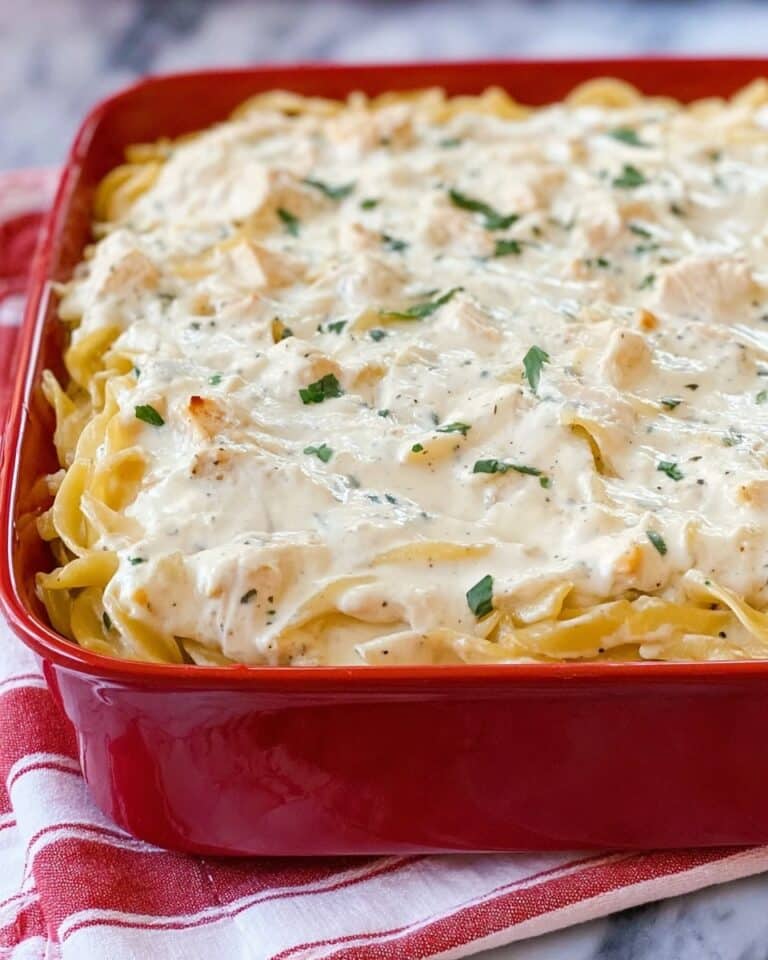If you are craving a comforting yet vibrant dish that bursts with flavor, look no further than this Coconut Curry with Vegetables and Protein Recipe. It masterfully balances creamy coconut milk with a rich blend of spices and fresh vegetables, creating a dish that’s both nourishing and deeply satisfying. Whether you prefer tofu, chickpeas, or chicken, this curry is incredibly versatile and perfect for cozy dinners or impressing friends with an exotic, wholesome meal.
Ingredients You’ll Need
Gathering your ingredients for this curry is straightforward, but each plays a pivotal role in developing the authentic taste and luscious texture that makes this dish so special.
- Coconut oil: This is the base fat that infuses a subtle tropical aroma and helps to sauté your aromatics beautifully.
- Onion, diced: Adds a natural sweetness that forms the savory backbone of the curry.
- Garlic cloves, minced: Crucial for that punch of warm, pungent flavor that awakens the senses.
- Ginger, minced: Gives a bright, zesty kick that pairs wonderfully with the coconut milk.
- Bell pepper: Provides a vibrant pop of color and a delightful crunch.
- Zucchini: Contributes mild earthiness and a tender bite once cooked.
- Carrots: Bring a sweet, slightly firm texture that complements the softer veggies.
- Red curry paste: The heart of the spice mix that offers depth and a touch of heat without overpowering.
- Coconut milk (14 oz can, full-fat): Delivers rich creaminess, creating the luscious sauce this curry is known for.
- Vegetable or chicken broth: Used to balance and thin the sauce, amplifying the flavors.
- Soy sauce or tamari: Adds the perfect salty umami punch; tamari works great for gluten-free versions.
- Turmeric powder: Not only adds a warm, golden hue but also gives subtle earthiness and health benefits.
- Salt and pepper: Essential seasonings to bring all the complex flavors into perfect harmony.
- Fresh cilantro: A bright herb that finishes the dish with fresh, citrusy notes.
- Lime wedges: For a zesty, tangy squeeze that lifts every bite.
- Protein of choice (tofu, chickpeas, or cooked chicken): Adds heartiness and makes the curry a complete meal.
How to Make Coconut Curry with Vegetables and Protein Recipe
Step 1: Sauté the Aromatics
Start by warming the coconut oil in a large skillet or pot over medium heat. Toss in the diced onions and cook them gently until they become soft and translucent, about 3 to 4 minutes. This slow cooking releases their natural sweetness and creates the essential base of flavors for your curry.
Step 2: Add Garlic and Ginger
Next, stir in the minced garlic and ginger. Let them cook for about a minute until their fragrances fill your kitchen—it’s the moment when the curry really begins to come alive with its signature warmth and zing.
Step 3: Sauté the Vegetables
Throw in the sliced bell pepper, zucchini, and carrots. Let these sauté together for about 5 to 6 minutes, stirring occasionally, until they start to soften but still retain a bit of their crispness. This helps keep the dish vibrant both in texture and appearance.
Step 4: Mix in Red Curry Paste
Now, add the red curry paste directly to the pan. Stir well so every piece of vegetable is coated in the paste, releasing its spicy, deeply flavorful oils. This step is key to achieving the perfect balance of heat and aroma.
Step 5: Pour Coconut Milk and Broth
Pour the creamy coconut milk and the broth into your skillet. Give everything a good stir to combine all the elements. Add soy sauce or tamari, turmeric powder, and season generously with salt and pepper. These ingredients work in harmony to round out the curry’s complex flavor profile.
Step 6: Simmer the Curry
Bring the whole mixture to a gentle simmer. Allow it to cook for 10 to 12 minutes, uncovered, so the vegetables can become tender and the flavors have time to meld beautifully. The curry will thicken slightly, turning into a rich, inviting sauce.
Step 7: Add Protein
Whether you are using cubed tofu, chickpeas, or cooked chicken, gently fold your protein into the pot. Let it heat through during an additional 3 to 5 minutes of simmering until everything is piping hot and ready to serve.
Step 8: Garnish and Serve
Finish off your flavorful coconut curry with a generous sprinkle of fresh cilantro and a few lime wedges on the side. Serve it steaming hot over a bed of fluffy rice or alongside warm naan bread for an irresistible, hearty meal.
How to Serve Coconut Curry with Vegetables and Protein Recipe

Garnishes
The secret to elevating your coconut curry is in the garnishes. Fresh cilantro adds a bright, herbaceous contrast to the rich sauce, while a squeeze of lime just before eating brings a zesty freshness that wakes up the entire dish. Consider adding thinly sliced chili if you like extra heat or toasted coconut flakes for crunch.
Side Dishes
This curry pairs wonderfully with light, fluffy jasmine or basmati rice that soaks up the creamy sauce. Alternatively, warm, pillowy naan or roti breads are perfect for scooping and dipping. For a low-carb option, serve alongside cauliflower rice or a crisp cucumber salad to refresh the palate.
Creative Ways to Present
Presentation can be as vibrant as the flavors. Serve your coconut curry in rustic bowls, topped with vivid herbs and colorful slices of lime. For gatherings, try layering it over rice in individual jars or use edible banana leaves for a tropical, festive vibe. Adding roasted nuts or seeds on top adds texture and an extra flavor dimension.
Make Ahead and Storage
Storing Leftovers
Leftover coconut curry with vegetables and protein can be stored easily in an airtight container in the refrigerator for up to 4 days. The flavors often deepen overnight, making your next meal even more delicious.
Freezing
This curry freezes exceptionally well. Portion it into freezer-safe containers and store for up to 2 months. Be sure to leave a little room for expansion, and thaw overnight in the fridge before reheating to maintain the best texture and flavor.
Reheating
To reheat, warm your curry gently on the stove over low heat, stirring occasionally to prevent sticking. You can add a splash of water or broth if it thickens too much. Microwave reheating works too, just cover loosely and stir halfway through.
FAQs
Can I use different vegetables in this Coconut Curry with Vegetables and Protein Recipe?
Absolutely! The recipe is highly flexible—feel free to swap in your favorites like green beans, sweet potatoes, or spinach. Just adjust cooking times accordingly so all veggies are tender but not mushy.
Is this recipe suitable for vegans?
Yes, by using tofu or chickpeas as your protein and vegetable broth instead of chicken broth, you can easily make this dish completely vegan and just as delicious.
How spicy is the red curry paste?
Red curry paste usually offers a moderate level of heat, but you can always adjust by adding less or more to suit your taste. Mild versions are also available if you prefer less spice.
Can I make this Coconut Curry with Vegetables and Protein Recipe in advance?
Definitely! It tastes even better the next day after the flavors have had time to meld. Just store it properly in the fridge and reheat as needed.
What protein options work best in this curry?
Tofu, chickpeas, and cooked chicken are all fantastic choices. Each adds a different texture and protein profile, so choose depending on your dietary preferences and what you have on hand.
Final Thoughts
There is something truly magical about a bowl of Coconut Curry with Vegetables and Protein Recipe—it’s comforting, nourishing, and packed with layers of flavor that you will want to come back to again and again. Give this recipe a try, and you might just discover your new favorite weeknight meal that feels like a warm hug on a plate.
Print
Coconut Curry with Vegetables and Protein Recipe
- Prep Time: 10 minutes
- Cook Time: 20 minutes
- Total Time: 30 minutes
- Yield: 4 to 4 servings
- Category: Main Course
- Method: Stovetop
- Cuisine: Thai
- Diet: Gluten Free
Description
A vibrant and creamy Coconut Curry packed with fresh vegetables and infused with fragrant spices. This versatile dish combines coconut milk and red curry paste to create a rich and savory sauce, perfect for serving with tofu, chickpeas, or chicken. Easy to prepare on the stovetop, this curry is an excellent choice for a flavorful and satisfying meal.
Ingredients
Vegetables and Protein
- 1 onion, diced
- 3 garlic cloves, minced
- 1 tablespoon ginger, minced
- 1 bell pepper, sliced
- 1 medium zucchini, sliced
- 1 cup carrots, sliced
- 1 cup cubed tofu, chickpeas, or cooked chicken
Liquids and Sauces
- 1 can (14 oz) coconut milk (full-fat for extra creaminess)
- 1/2 cup vegetable or chicken broth
- 1 tablespoon soy sauce or tamari (for gluten-free)
Oils and Pastes
- 1 tablespoon coconut oil
- 2 tablespoons red curry paste
Spices and Seasonings
- 1 teaspoon turmeric powder
- Salt and pepper to taste
Garnish
- Fresh cilantro, chopped
- Lime wedges, for serving
Instructions
- Heat Oil and Sauté Onion: In a large skillet or pot, heat the coconut oil over medium heat. Add the diced onion and cook until it softens and becomes translucent, about 3-4 minutes.
- Add Aromatics: Stir in minced garlic and ginger, cooking for 1 minute until fragrant, releasing their flavors into the oil.
- Cook Vegetables: Add the sliced bell pepper, zucchini, and carrots to the skillet. Sauté them for 5-6 minutes, or until the vegetables start to soften but still retain some crunch.
- Add Curry Paste: Mix in the red curry paste thoroughly, ensuring all vegetables are well-coated with the flavorful paste.
- Pour Liquids and Season: Pour in the coconut milk and broth, stirring well to combine. Add soy sauce, turmeric powder, salt, and pepper. Stir to blend all ingredients evenly.
- Simmer the Curry: Bring the curry to a gentle simmer. Cook uncovered for 10-12 minutes, allowing the vegetables to become tender and the flavors to meld together beautifully.
- Add Protein and Heat Through: If using tofu, chickpeas, or cooked chicken, stir them in now and simmer for another 3-5 minutes until heated through and fully incorporated into the curry.
- Garnish and Serve: Remove from heat, garnish with freshly chopped cilantro, and serve with lime wedges. This curry pairs wonderfully with steamed rice or warm naan bread.
Notes
- For a spicier curry, add more red curry paste or a fresh chili.
- Use tamari instead of soy sauce to keep it gluten-free.
- Full-fat coconut milk adds creaminess, but light coconut milk can reduce calories.
- To make it vegan, choose tofu or chickpeas as your protein.
- Leftovers can be stored in an airtight container in the refrigerator for up to 3 days.

